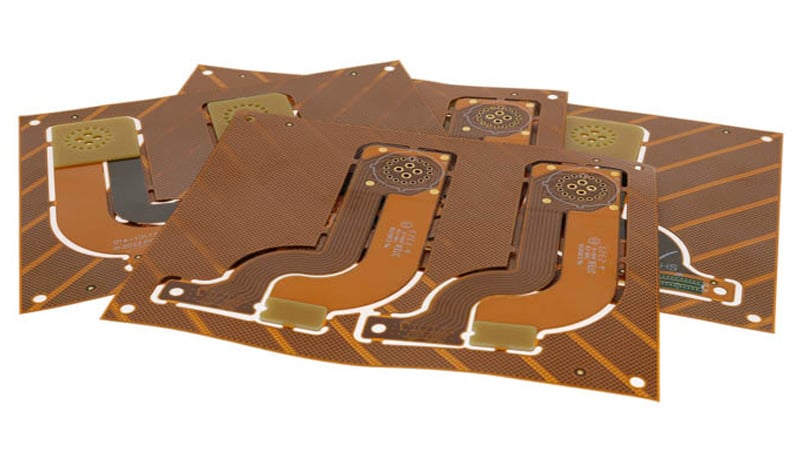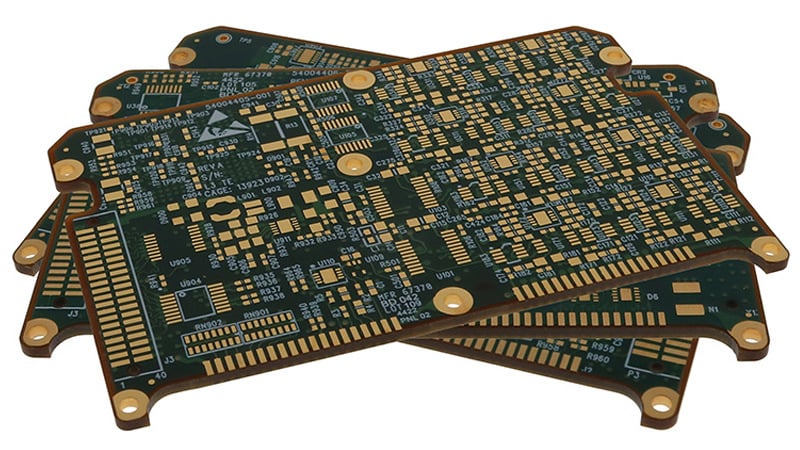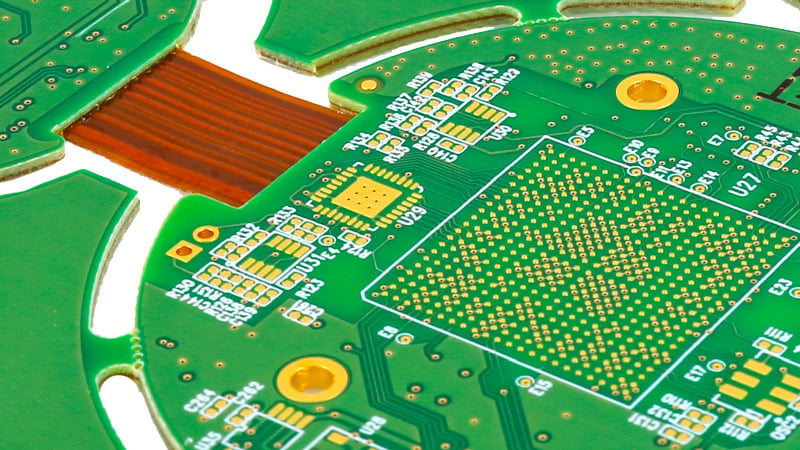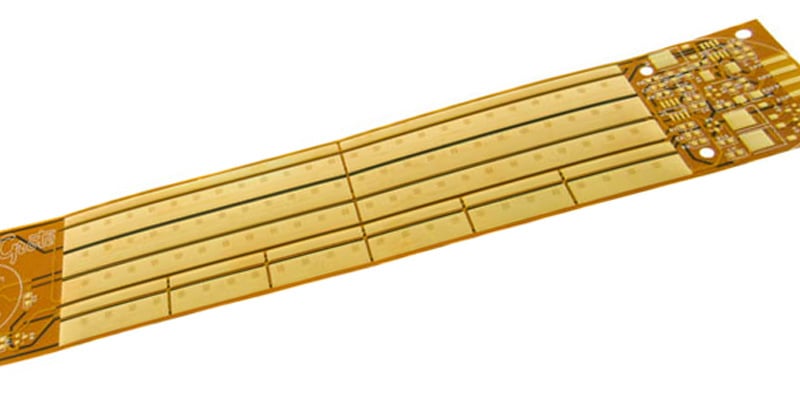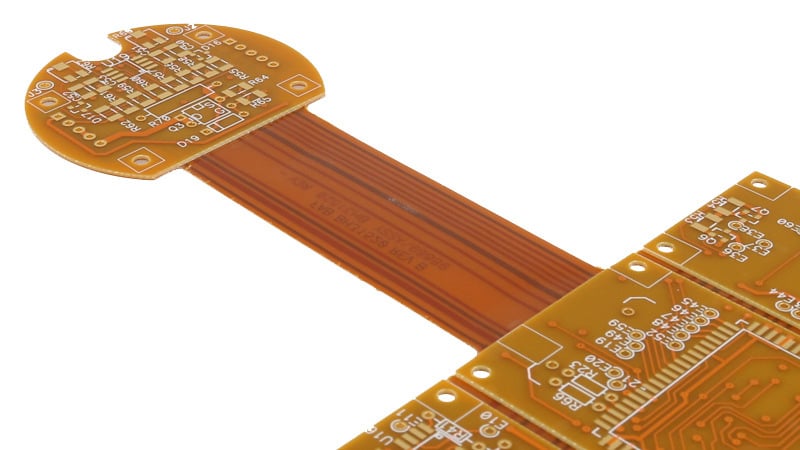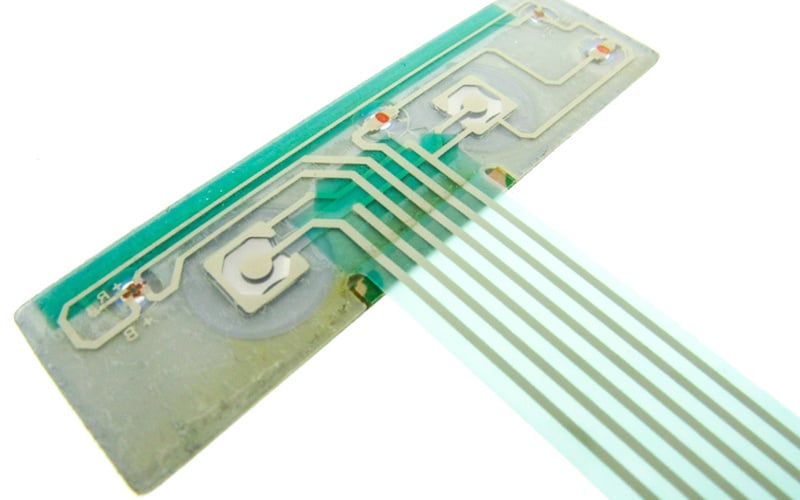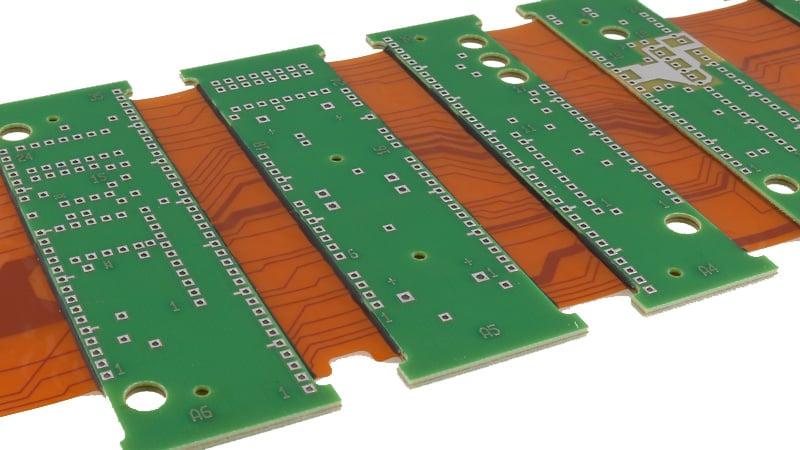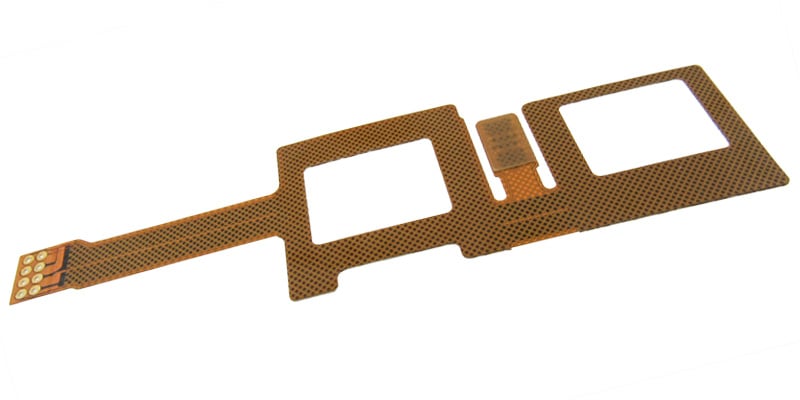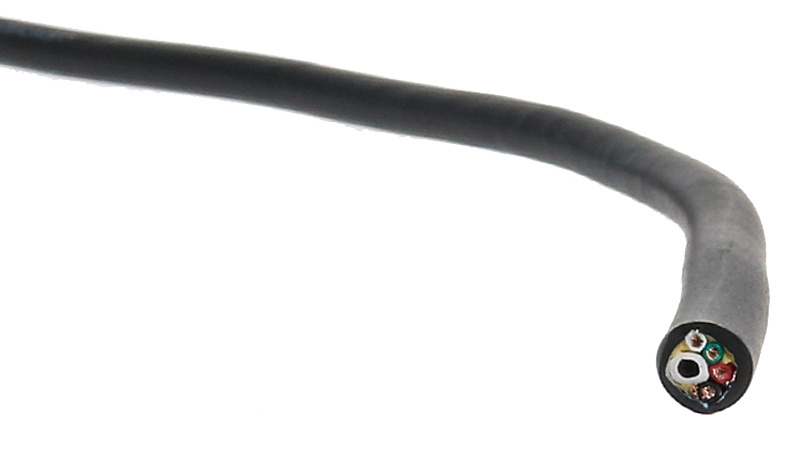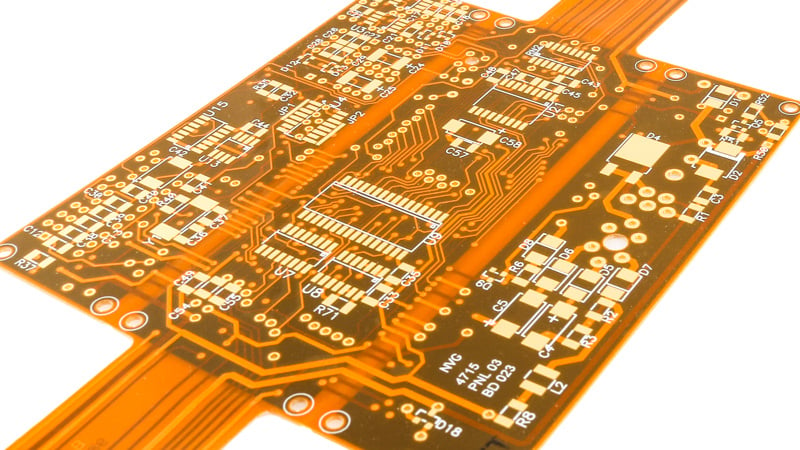The manufacturing of printed circuit boards (PCBs), especially flex and rigid-flex PCBs, involves intricate processes that require precision and expertise. Among the critical aspects of PCB manufacturing are surface finishing and stiffener bonding, both of which significantly impact the reliability and performance of the final product.
Printed circuit boards (PCBs) require insulation as part of the manufacturing process. The insulation helps to protect non-conductive materials while also preventing the conductive components from coming into contact with each other. It separates the conductive paths to prevent shortages and failures.
At the conclusion of our webinar, Defining Stack-Ups for Flex and Rigid-Flex Circuit Boards, we had several questions submitted to our presenter, Zachary Walker, Product Manager of Flex and Rigid-Flex Circuits at Epec. We have compiled these questions into a readable format on our blog.
In the realm of electronics design, especially when dealing with Gerber files for flexible circuit board layouts, engineers continually seek innovative solutions to combat electromagnetic interference (EMI). Shielding is a pivotal strategy in this battle, serving not just to protect sensitive components but also to ensure the integrity and performance of the electronic device as a whole.
In the rapidly evolving world of electronics, the quest for reliable, efficient, noise-free high-speed signal transmission is relentless. Traditional rigid circuit boards, while foundational to electronic design, often face limitations when it comes to supporting the high demands of modern high-speed applications. Thanks to flexible circuits, however, many of these demands can be met and can even be improved upon.
In the rapidly evolving world of keypads and electronic switches, the membrane switch has become a vital component in many modern devices. Membrane switches are prized for their durability, reliability, and versatility. Membrane switches are also economical and made from inexpensive readily available materials. Beyond their traditional role as simple on-off switches, these devices can be ingeniously adapted to use as resistive pressure sensors.
In the evolving landscape of electronic engineering, the quest for reliability in electronic components has never been more critical. At the heart of this pursuit lies the concept of reliability — the ability of an apparatus or system to consistently perform its required function without degradation or failure.
In the digital age, the integrity of electronic circuits is paramount to the flawless operation of devices we rely on daily. Yet, one pervasive challenge continually disrupts this harmony: Electromagnetic Interference (EMI).
Multi-conductor cables are one of the most common types of electrical cables used today. They are comprised of several insulated wires all bundled together with an exterior insulated jacket. Multi-conductor cables usually include shielding layers, drain wires, braided sleeves, and even filler material to maintain a uniform cross-section. One problem that exists with these types of cables is that since they are so tightly packed together, air cannot easily travel along the inside length of the cable.
In the dynamic world of electronic design, the IPC 2223C standard has emerged as a cornerstone for enhancing the reliability and performance of flex and rigid-flex circuits. Established in 1998, this pivotal guideline set forth by the IPC (Institute for Printed Circuits) has been instrumental in addressing the complexities and challenges inherent in the design and manufacture of these versatile circuits.


